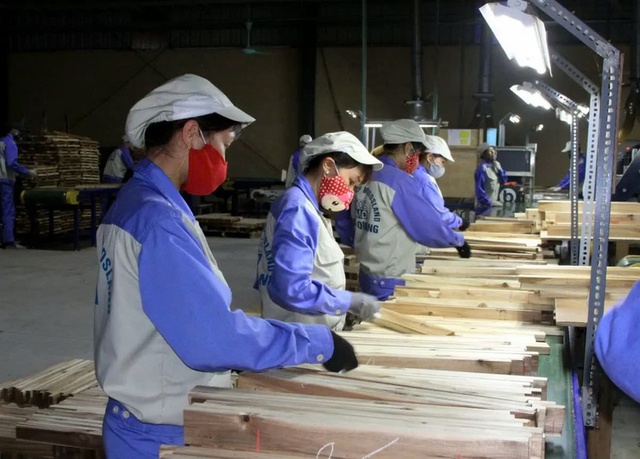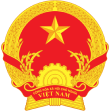MoIT supports local exporters amidst world trade tensions
VGP - The Ministry of Industry and Trade (MoIT) has already crafted scenarios and solutions in response to the escalation of global trade tensions.

The move came as the global economy is witnessing three emerging distinct trends including de-globalization or fragmentation in international trade, which has resulted in the resurgence of tariff tools; protection of markets through technical measures, trade barriers, or trade defense; and unpredictable policy actions which may lead to disruptions and even breakdowns in supply and production chains.
The MoIT directed foreign market departments and Viet Nam's trade offices abroad to keep a close watch on market trends, as well as economic, political, and policy changes in the region and the world that could impact trade with Viet Nam.
Specific measures
The MoIT plans to focus on measures aimed at minimizing risks and boosting exports. They include supporting businesses and industry associations in making the most of competitive advantages, and taking full advantage of 17 free trade agreements (FTAs) and nearly 70 existing bilateral cooperation mechanisms to effectively tap into key and traditional markets, develop small and niche markets, and explore new potential ones.
In particular, the ministry will continue to diversify export markets toward promising markets, through conducting research, disseminating market information and opportunities to businesses, proposing negotiations for new FTAs with high-potential markets, strengthening trade promotion activities, and increasing exports to these markets.
The ministry will continue to capitalize on the global supply chain shift and Viet Nam's advantages to attract foreign investment, particularly from developed industrial nations, in high-tech sectors and key supporting industries.
It will also strengthen the monitoring of new investment project licenses and strictly screen foreign investment to prevent Vietnam from becoming a transit point or being exploited for third-country origin labeling.
Regarding the U.S. market, the MoIT said that the economic and trade relations between the two countries are complementary. The export structures and foreign trade of both nations do not directly compete but rather complement each other, aligning with the internal needs of each country.
Vietnamese goods exported to the U.S. mainly compete with products from third countries, not directly with those of U.S. businesses. On the contrary, this creates an opportunity for U.S. consumers to access and use Vietnamese products.
According to the ministry, in the coming period, the economic and trade pillars will continue to develop steadily within the overall framework of the Viet Nam – U.S. Comprehensive Strategic Partnership. Any existing issues in bilateral economic and trade relations, if any, will be proactively addressed through the policy dialogue mechanism of the Viet Nam – U.S. Trade and Investment Framework Agreement (TIFA).
This aims to strengthen strategic trust between the two countries and create a shared vision that contributes to long-term guidance and a stable roadmap for the development of bilateral economic and trade relations./.

